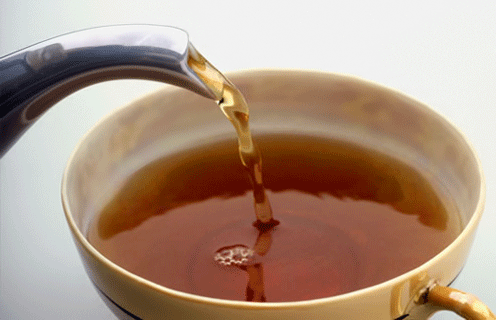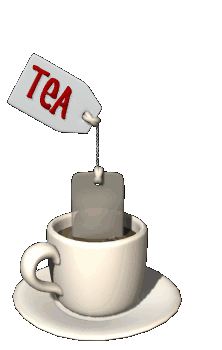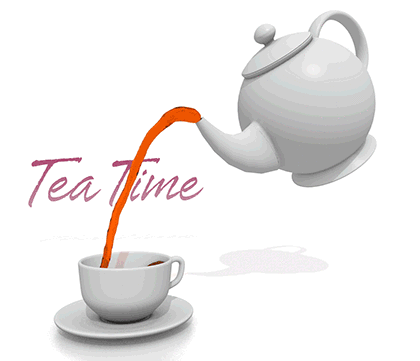

The word for “tea” in the majority of the world’s languages comes from a borrowing of either the Northern Chinese word cha or the Southern Chinese word te (e.g. the Hindi word chai and the English word tea). The widespread borrowing of the word for ‘tea’ is linguistically fascinating because it is directly related to contact that occurred through major land and sea trade routes since the 15th century.
There are two kinds of tea: lunch and dinner with tea. Afternoon tea, a traditional four-hour tea consists of tea served with freshly baked scones with cream or jam; sandwiches – thinly sliced cucumber sandwiches with the crust cut off or confectionery. Nowadays, dining tea is not very familiar, as most people work. However, a variety of tea rooms in England still serve dining tea.
Tea Lingo for the tea-aholics:

French: le thé
Swedish – te
Finnish – tee
Italian – tè
Danish – Te or The
Greek – τσάι (tsai)
Malay – teh
Portuguese – cha ((pronounced ‘shah’)
Chinese – t’e, or ch’a
Persian – chaai
India – Chai
Korean – cha

Russian – chay
Arabic: chai or shai
Bulgarian: chai
Croatian: caj
Dutch: thee
English: tea
Afrikaans: tee
German: der Tee
Hebrew: teh
Maltese: te
Norwegian: te
Polish: herbata
Romanian: ceai
Sinhalese (Sri Lanka): thé
Spanish: el té
Swahili: chai
Taiwanese: de
Hungarian: tea
Irish: tae
Indonesian: teh
Japanese: o-cha
Korean: cha
Latvian: teja
Malay: teh
Thai: chah
Tibetan: cha or ja
Turkish: cay (pronounced chai)
Urdu: chai
(North) Vietnamese: che
(South) Vietnamese: tra
Yiddish: tey
Zulu: itiye





